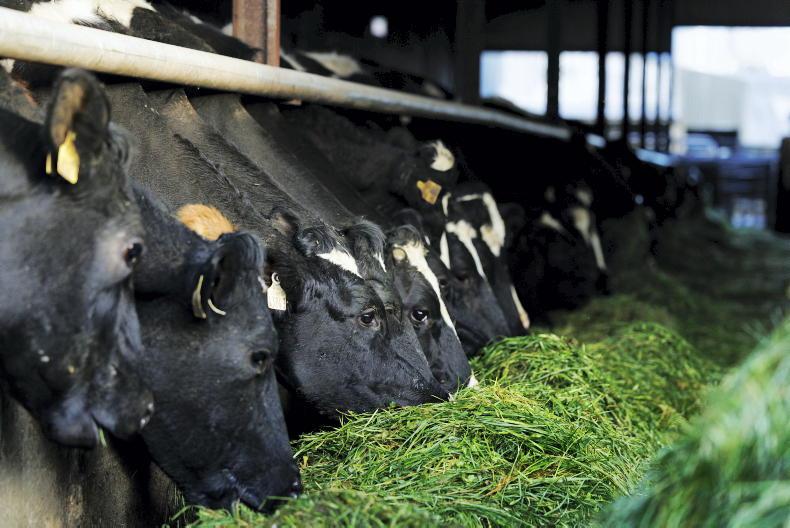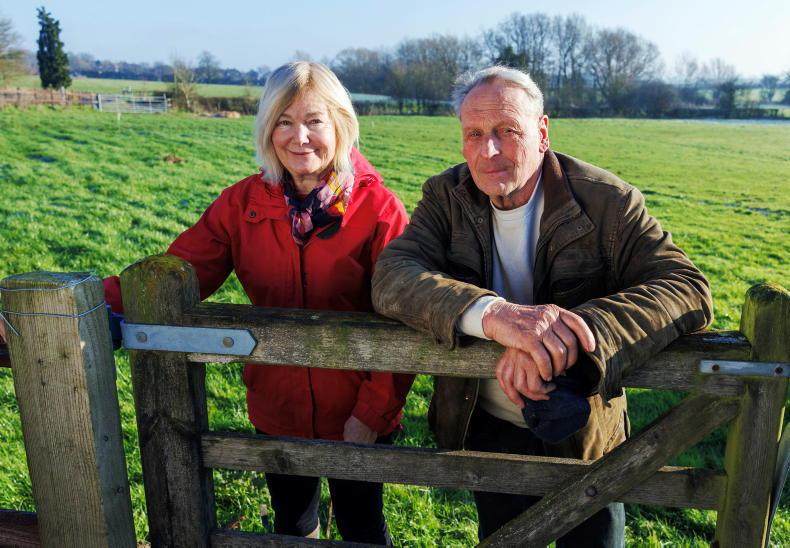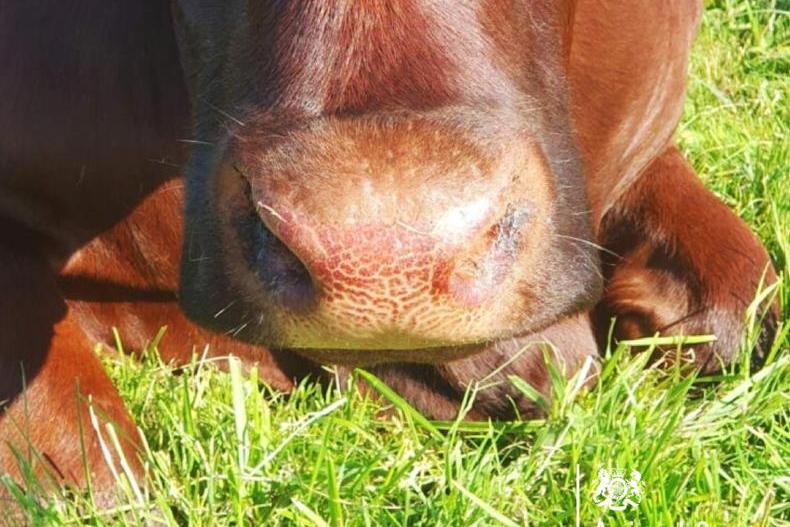Grazing
February was exceptionally wet, with many weather stations recording 1.5 to two times the long term average for rainfall. That’s on top of the wet autumn and winter.
As a result, grazing has been next to impossible on heavy farms and a big challenge on drier farms.
The long range forecast is not without rain, but quantities are less. The biggest impact on grazing now is the seasonal change, with longer daylight hours drying out land much faster than during February.
For those that have little grazing done, the key thing is to get as much area grazed as quickly as possible.
Aim to get 50% of the farm grazed over the next two to three weeks by going into low covers.
Then the task will be to slow down grazing to give that area a chance to recover before the second round.
The biggest mistake now would be to go too slow by grazing higher covers.
Remember the basics, allocate a reasonably square block every 12 hours, avoid walking cows back over previously grazed areas, use multiple access points, spur roads and give cows access to water at every grazing.
Finally, make sure cows have an appetite for grazing when they go to grass and are not full of silage.
Nitrates
The Department of Agriculture has confirmed changes are being made to organic nitrogen excretion rates for this year. Young calves will now be deemed to produce 0.33kg N/month for the first three months and 2.22kg N/month for the remaining nine months, or 21kg N/annually.
A heifer between one and two years old is deemed to produce 55kg N/year, while a male of the same age is deemed to produce 61kg N/year. Farmers should plan on the basis of these figures for 2024 stocking rates.
Changes to cow excretion rates have also been confirmed, and we understand that farmers will have three options to reduce N excretion rates per cow based on how low they go with crude protein.
See expected table below. The key thing is that these are annual crude protein levels as fed on a fresh weight basis, so if feeding a 16% or 18% crude protein nut now and looking to avail of the option, the crude protein in the nuts fed during the summer will need to be much lower.
To achieve the 13% crude protein average over the year, low protein feed will have to be fed in spring.
These changes will help farmers that are on the edge in terms of organic nitrogen rates per hectare, either slightly above 170kg N/ha or slightly above 220kg N/ha.
They won’t do much to help farmers well above these figures.










SHARING OPTIONS